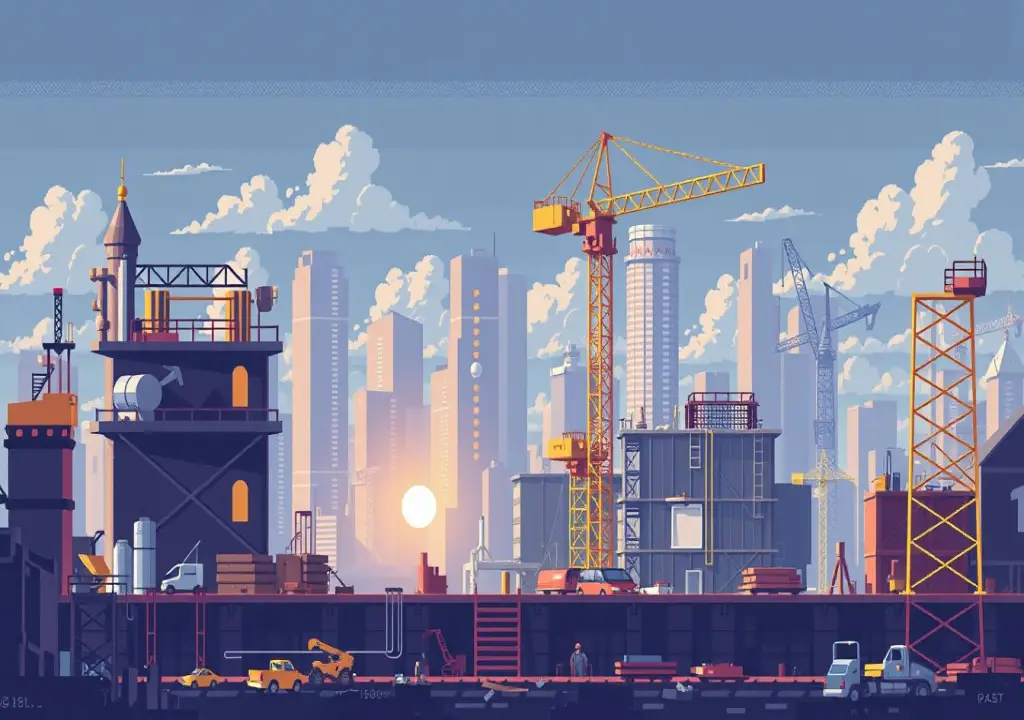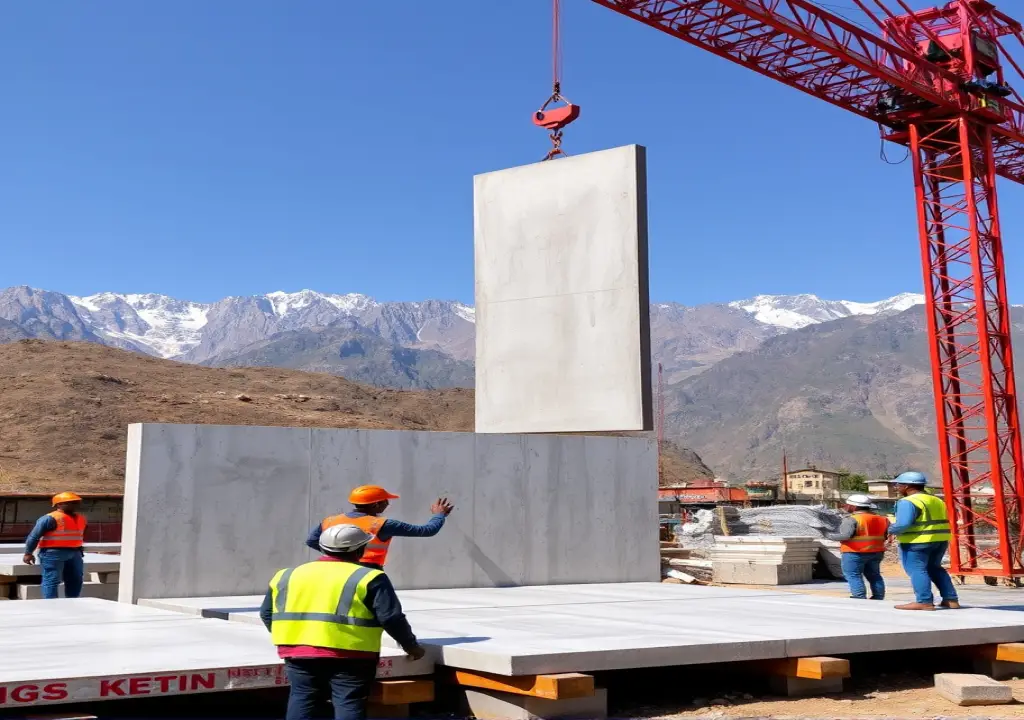Search Blogs

Published By: Reejan Kusma
Published On: Aug 25, 2024, 09:04:04 AM * 5 min to complete.
Challenges and Opportunities in Nepal's Construction Sector: A 2024 Perspective
The construction landscape in Nepal is rapidly evolving, driven by a mix of traditional craftsmanship and modern technological advancements. As the country undergoes significant urbanization, the architecture, engineering, and construction (AEC) sectors are witnessing a shift toward more sustainable and efficient practices.
Architecture and Design
Nepal's architecture reflects a blend of historical heritage and contemporary styles. Traditional Nepali architecture, known for its intricate woodwork and pagoda-style temples, is gradually integrating modern design elements to meet the needs of urban development. Modern architecture in Nepal emphasizes sustainability, with green building practices becoming increasingly popular. Architects are focusing on energy-efficient designs, using locally sourced materials, and incorporating natural elements into their projects.
Engineering Services
Engineering services in Nepal are evolving with the adoption of new technologies like Building Information Modeling (BIM). BIM is transforming the way construction projects are planned and executed by enabling better visualization, improved collaboration among stakeholders, and more accurate cost estimation. Despite challenges such as the lack of standardized guidelines, the push for wider BIM adoption is strong, as it holds the potential to significantly enhance productivity and project outcomes.
Moreover, Nepal's engineering firms are prioritizing disaster resilience, given the country's vulnerability to earthquakes. Structural engineers are now integrating advanced seismic design practices to ensure that buildings can withstand natural disasters. This is especially important in a country where infrastructure development is key to economic growth.
Challenges and Opportunities
The AEC industry in Nepal faces several challenges, including a shortage of skilled labor, inconsistent regulatory frameworks, and financial constraints. However, the demand for quality construction is driving the industry to innovate. Sustainable construction practices are gaining momentum, with firms exploring new markets and investing in technologies that enhance efficiency and reduce environmental impact.
In summary, Nepal's construction industry is at a crossroads, balancing the preservation of traditional architectural values with the need for modernization. The adoption of advanced engineering practices and the focus on sustainability are set to shape the future of construction in Nepal, offering both challenges and opportunities for growth.
